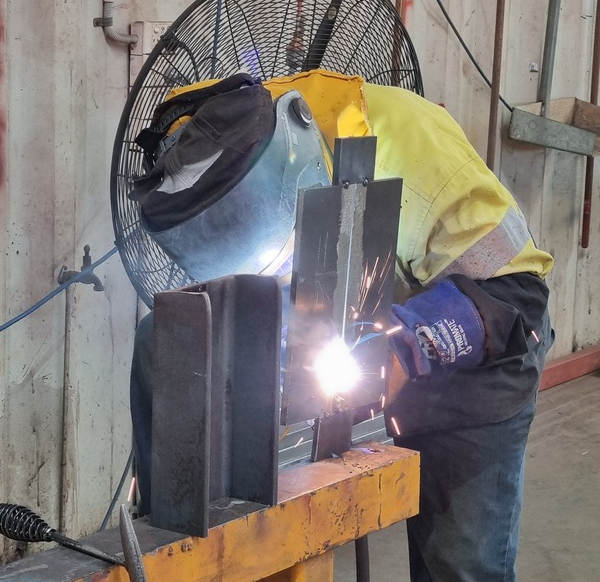What is 3G Welder Qualification?

The field of welding is vast, encompassing various techniques, positions, anfications is ons. Among these qualifications is the 3G welder qualification, which certifies a welder’s proficiency in executing specific welding tasks. In this article, we will explore the ins and outs of the 3G welder qualification and its importance in the welding industry..
Understanding Welding Positions
Before diving into the specifics of the 3G welder qualification, it’s essential to understand the different welding positions. Welding positions are classified into four categories:
- Flat (1G and 1F)
- Horizontal (2G and 2F)
- Vertical (3G and 3F)
- Overhead (4G and 4F)
These positions are further distinguished by fillet welds (F) and groove welds (G). A 3G welder qualification, for instance, deals with vertical groove welding.
Vertical Groove Welding
Vertical groove welding refers to a technique where a welder works along a vertical axis to join metal plates or sections with a groove joint. This position can be challenging as it requires excellent control over the welding process due to gravity’s influence on the molten metal during deposition.
Requirements for Obtaining a 3G Welder Qualification
To attain a 3G welder qualification, welders must pass a series of tests designed to assess their ability to execute vertical groove welding accurately and efficiently. The following are some critical steps in obtaining this certification:
- Preparing test plates: The test plates should have specified dimensions and thickness as required by the relevant code or standard.
- Welding process: The welder must perform vertical groove welding using an approved method, such as Shielded Metal Arc Welding (SMAW), Gas Metal Arc Welding (GMAW), or Flux-Cored Arc Welding (FCAW).
- Inspection and evaluation: After completing the welding, test plates are subjected to visual inspection, followed by destructive or non-destructive testing methods like radiographic, ultrasonic, or bend tests.
Importance of 3G Welder Qualification
A 3G welder qualification is not only an essential requirement for many industries but also a testament to a welder’s skill and competence. Some noteworthy benefits include:
- Versatility: Obtaining this certification enhances a welder’s portfolio, demonstrating their proficiency in various welding positions and techniques.
- Compliance: Many industries require welders to have specific qualifications as per the applicable codes and standards to ensure quality and safety.
- Employability: A certified 3G welder is more likely to secure better job opportunities in the competitive welding industry.
Training for 3G Welder Qualification at Elite Engineering WA
At Elite Engineering WA, we offer comprehensive training programs designed to help aspiring welders obtain their 3G welder qualification. Our courses include:
- Hands-on practical sessions with experienced instructors
- Guidance on best practices, safety measures, and industry standards
- Assistance in preparing for the qualification test
- Conducting the test to the relevant Australian Standards
Through our robust training program, we aim to equip our trainees with the skills and knowledge necessary to excel in their welding careers.
In conclusion, the 3G welder qualification is a valuable asset for any skilled welder seeking to advance in their profession. It demonstrates expertise in vertical groove welding and opens up numerous opportunities in diverse industries. At Elite Engineering WA, we are committed to providing top-notch training that helps our students achieve this sought-after certification and thrive in the welding field
If you would like more information on how Elite Engineering WA can help you with your next project please contact us for a quote or more information. Email sales@elitewa.com.au or Phone 1300 887 461
News
April 21, 2023
Share on:
